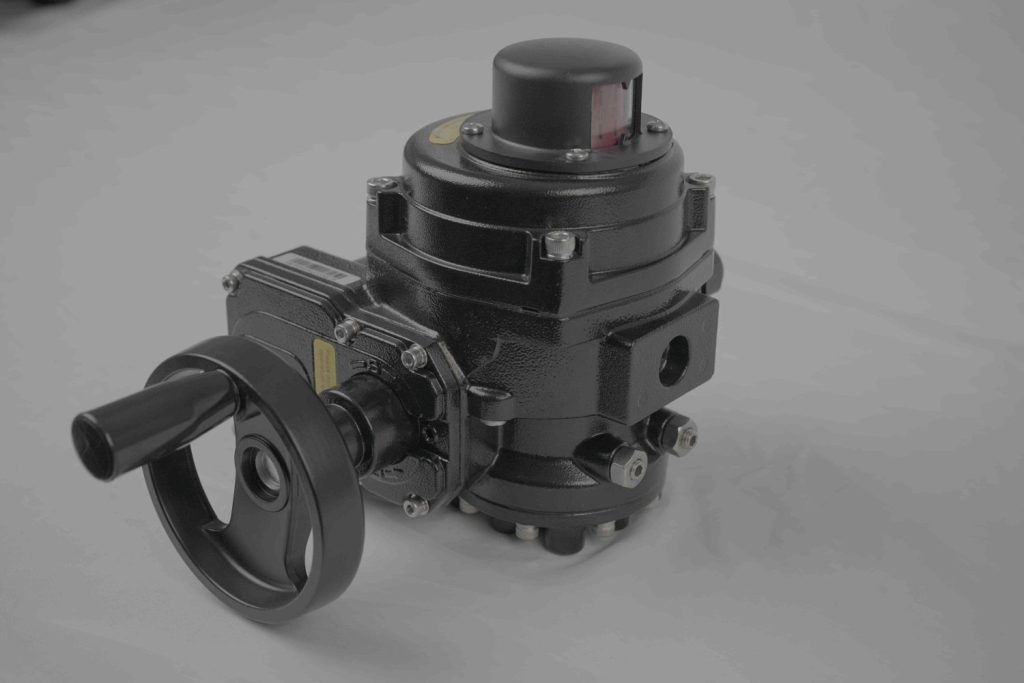In today’s rapidly evolving technological landscape, lithium-ion batteries have become an essential power source for numerous applications, from electric vehicles (EVs) to portable electronics. However, the efficiency and safety of these batteries rely not only on their internal chemistry but also on the components that regulate their performance. One such critical component is the lithium battery valve, which ensures the safety and durability of lithium-ion batteries. As the demand for high-performance batteries grows, the role of lithium battery valve manufacturers becomes increasingly significant. This article explores the importance of these manufacturers in the global battery market, shedding light on their contribution to battery safety and innovation.

What Is a Lithium Battery Valve? A lithium battery valve is a crucial safety device incorporated into the design of lithium-ion batteries. It serves as a pressure-relief valve, helping to maintain the structural integrity of the battery during overcharging, short circuits, or other hazardous conditions that might otherwise lead to battery failure or explosion. By regulating internal pressure, these valves ensure that the battery operates within a safe range, preventing dangerous accidents. Lithium battery valves are generally made from durable materials capable of withstanding extreme temperatures and pressures. Their primary function is to open and release internal pressure when it exceeds safe limits, thus preventing a catastrophic failure such as thermal runaway—a chain reaction that can cause a battery to overheat, catch fire, or explode.
Leave a Reply